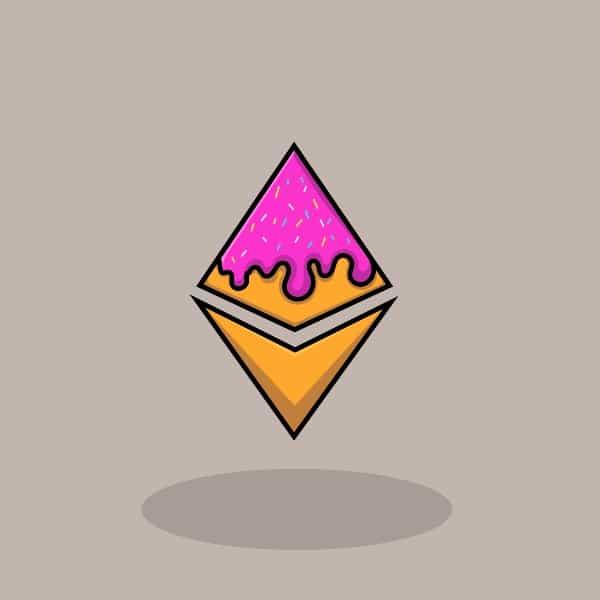The timeline for the long-awaited switch of Ethereum’s consensus algorithm to PoS seems to be getting longer.
Summary
Ethereum’s move to PoS delayed

Ethereum’s new update, The Merge, which was supposed to be ready at the end of June, seems to have run into some difficulties. According to leading developers, who are following this delicate and very important transition of the blockchain founded by Vitalik Buterin, we will still have to wait.
The problem would consist in some difficulties that developers are encountering to implement the PoS in the protocol instead of the current PoW, which makes the blockchain less scalable, less sustainable and much more expensive.
It won't be June, but likely in the few months after. No firm date yet, but we're definitely in the final chapter of PoW on Ethereum
— timbeiko.eth ☀️ (@TimBeiko) April 12, 2022
Recently Tim Beiko, who is considered as the most important developer of the Ethereum blockchain, pointed out that three last tests are still needed to complete the upgrade.
AllCoreDevs Update 011 out now 💫
Entirely focused on The Merge, I walk through what we're expecting across shadow forks, testing efforts, and testnet deployment…
… in other words, everything we need to do before we're ready for mainnet!
Enjoy 😁https://t.co/UKU4ELVniY
— timbeiko.eth ☀️ (@TimBeiko) May 4, 2022
Beiko in fact stated that:
“The path to fully transitioning from the current Ethereum (ETH) Mainnet to the beacon chain proof-of-stake (PoS) system is now clearly in sight. We need a few mainnet Shadow Forks without issues, clients passing the various merge test suites and smooth deployments across existing public testnets”.
Further tests are required
The first test concerns the fact that Ethereum developers implemented the first fork at the beginning of April to stress-test the mainnet.
According to developer Marius van der Wijden, problems have been identified that could delay the implementation by a few weeks.
Testing is the best way to contribute to #Ethereum. We are starting a new program to get the community involved in testing the merge.
If you want to do your part in getting Ethereum to Proof of Stake as soon as possible and save the environment, #dm me pic.twitter.com/WIxpRBIDPB
— MariusVanDerWijden (@vdWijden) November 29, 2021
Tim Beiko adds that:
“During these shadow forks, every execution layer (EL) and consensus layer (CL) client combination is tested, and the goal is for each pair to transition and keep running smoothly afterwards. With 4 EL and 5 CL clients, there are 20 pairs to test!”
Once the network has passed the so-called shadow forks without any problems, the second phase of testing would have to be tackled in order to complete the upgrade.
As he writes in a post on his blog, at this stage it would be time for Ethereum’s clients to pass the various test suites.
The first test suite is Hive, which could help test the new APIs used by the different clients to communicate. Next, developers could work with Kurtosis, a platform for end-to-end testing of mission-critical blockchain infrastructure.
The third and final phase would be the deployment of The Merge through public testing networks, namely Ropsten, Goerli and Sepolia.
Beiko concludes by saying:
“Once these things happen, and we’ve observed them be stable for a few weeks, we’ll be ready to move to mainnet!”




